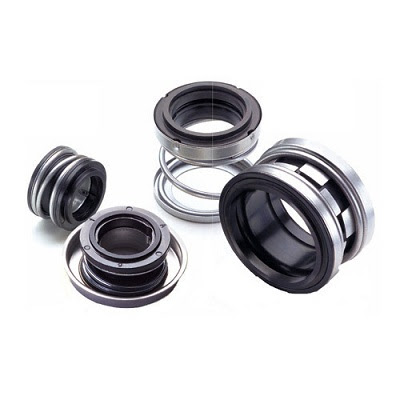How to Design the Perfect Rotary Shaft Seal?
Rotary shaft seals are a vital component in many industrial applications. They keep lubricants, fluids, and other substances and contaminants out of equipment. Designing the perfect rotary shaft seal is a complex process; it requires consideration of several factors to ensure optimal performance. This blog post will discuss the various concerns that go into designing an effective rotary shaft seal, as well as some tips for creating the perfect one for your application. From material selection to installation methods, read on to learn all you need to know about rotary shaft seals.
How to measure a Rotary
Shaft Seal
To
measure a rotary shaft seal, you will need to take the following steps:
1.
Use a caliper to measure the inside diameter of the seal at the point where it
contacts the shaft.
2.
Measure the outside diameter of the seal at the point where it contacts the
housing.
3.
Determine the width of the seal by subtracting the inside diameter from the
outside diameter.
4.
Choose a rotary shaft seal with the exact dimensions as your measurements.
The benefits of
using a Rotary Shaft Seal
There
are many benefits to using a rotary shaft seal, including the following:
Increased
sealing efficiency: Rotary shaft seals have a much higher sealing efficiency
than traditional seals, meaning they can better keep out contaminants and
prevent leaks.
Improved
durability: Rotary shaft seals are designed to withstand high speeds and
pressures every day in many industrial applications. This makes them much more
durable than traditional seals, which can quickly wear out under these
conditions.
Reduced
maintenance costs: Because of their increased durability, rotary shaft seals
require less frequent replacement and maintenance than traditional seals. This
can lead to significant reductions in maintenance costs over time.
How to install a
Rotary Shaft Seal
Installing
a rotary shaft seal is not difficult, but there are a few things to keep in
mind to ensure a proper installation. First, make sure the surface of the shaft
is clean and free of any debris that could potentially damage the seal. Next,
apply a thin layer of lubricant to the shaft. This will help to protect the
seal and make it easier to install. Finally, carefully press the seal onto the
shaft, making sure that it is seated properly.
Conclusion
Designing
the perfect rotary shaft seal doesn’t have to be a daunting task. With
knowledge of the application and use of proper materials, design techniques,
and installation tricks you can create a high-quality, leak-proof seal that
will last for years. While designing a rotary shaft seal might seem
intimidating at first, with an understanding of the process and following these
tips you can easily achieve success. To know more information about the Shaft
Seal then visit our website.



Comments
Post a Comment